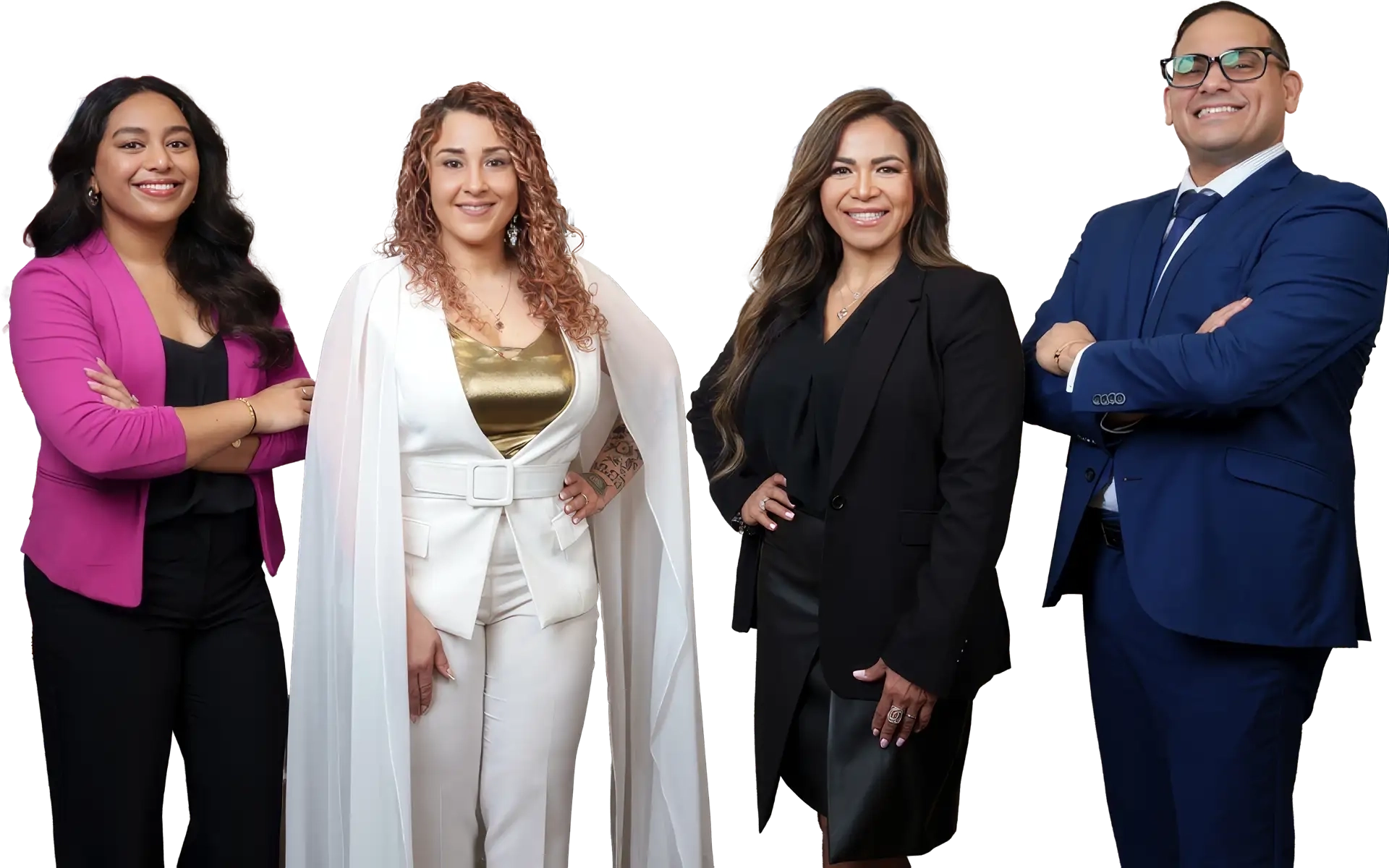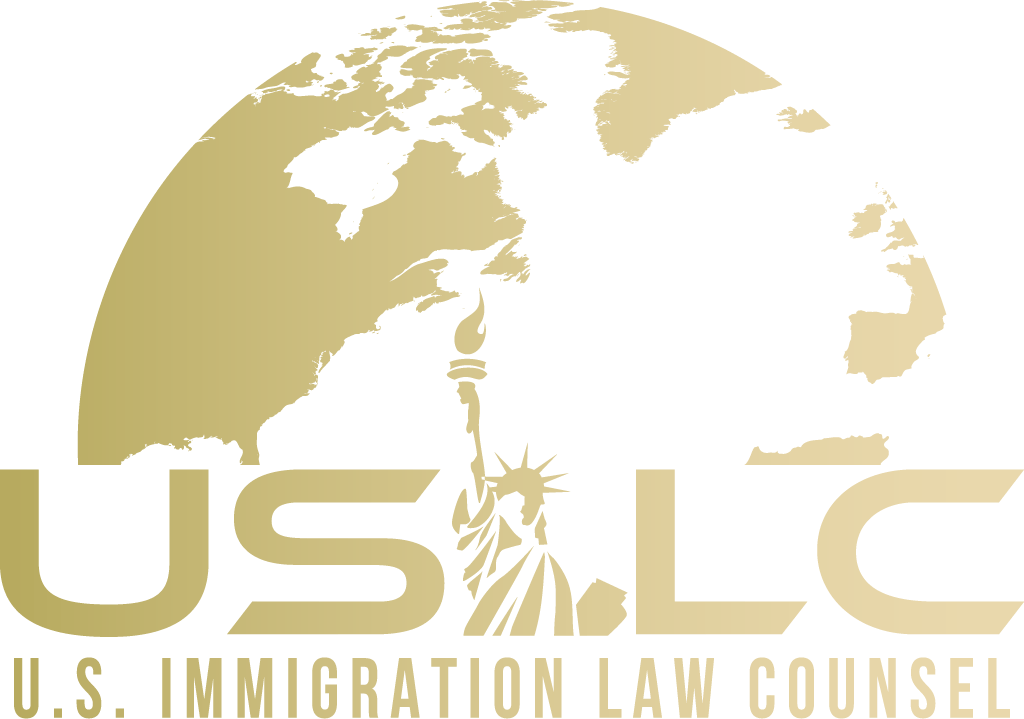View immigration options
Our qualified and experienced team at US Immigration Law Counsel provides personalized legal solutions to help our clients in all areas of immigration law. We offer a full suite of immigration law services – from helping spouses and family members sponsor their loved ones, to helping employers interested in hiring foreign workers. Our team has the expertise to guide you through the full process.
FREQUENTLY ASKED QUESTIONS
Scheduling Strategy Sessions
How can I schedule a strategy session?
Online on our website or by calling the office.
What information will I need to provide when booking a strategy session?
Your Name, Phone Number, Email, Referral, Reason for Strategy Session, and Payment.
Are there specific hours for scheduling my appointment?
Online: 24/7; By Phone: 7 am-9 pm Monday – Friday; and 9 am-3 pm Saturday – Sunday
Strategy Session Process
Are strategy sessions in-person, over the phone, or virtual?
All three options are available to you.
Will I be charged a strategy session fee, and how will it be handled?
$200 for a regular strategy session, and by an agent or online.
Will somebody contact me prior to the strategy session?
Yes, we have a dedicated Pre-consultation Department that will contact you to get all your personal information and request documents before your scheduled strategy session to prepare our attorneys beforehand on the details of your situation. Be prepared to provide details about your immigration matter to the pre-consultation associate, including relevant dates and actions taken.
What documents should I send?
Following your pre-consultation session, the associate will email instructions to you for sending us documents. You will be asked to provide documents for the attorneys to review such as identity documents, biographic documents, previous immigration filings, and/or criminal documents. The associate will also request other necessary documents from you on a case-by-case basis, prior to the strategy session.
How should I submit my documents before the appointment?
Send to leads@us-ilc.com
Payment and Fees
How can I pay my strategy session fees and other service fees?
Online payment, Zelle, Venmo, PayPal, in-person cash.
Are there payment plans available?
Not for a strategy session fee. There is a payment plan once a contract is signed.
What is the refund policy for the strategy session fees?
The $200.00 charged for each strategy session is a Nonrefundable Strategy Session fee. This fee will be credited to your case if you choose to proceed with our legal services within 7 days of your strategy session.




